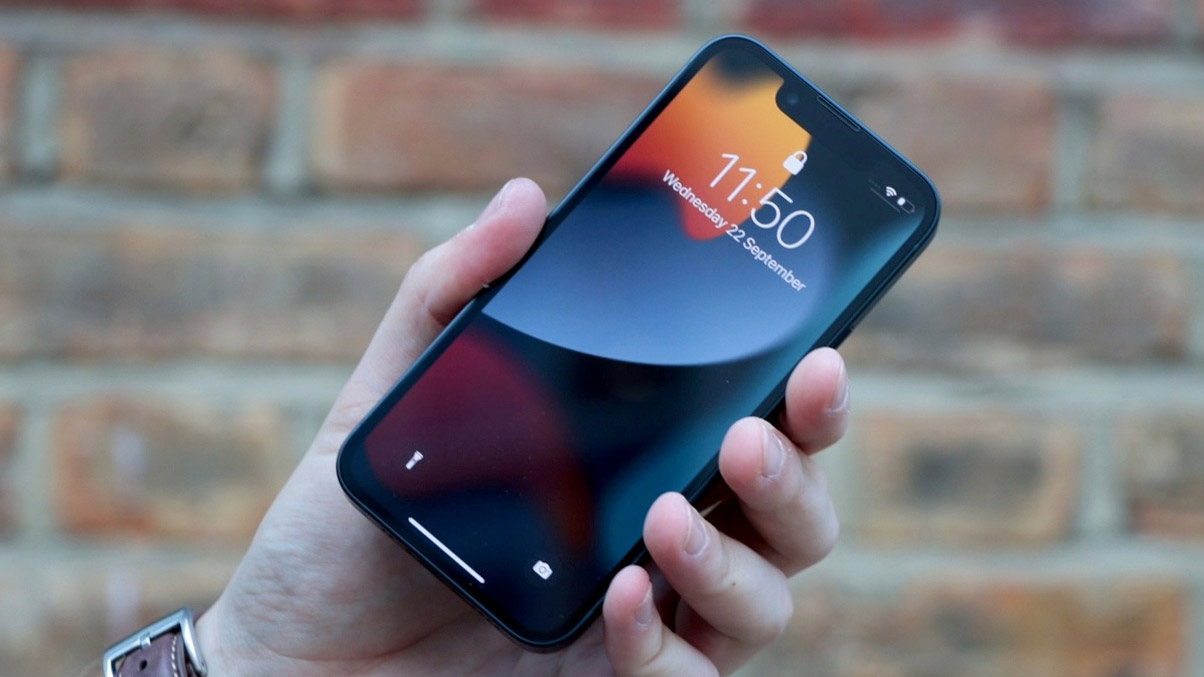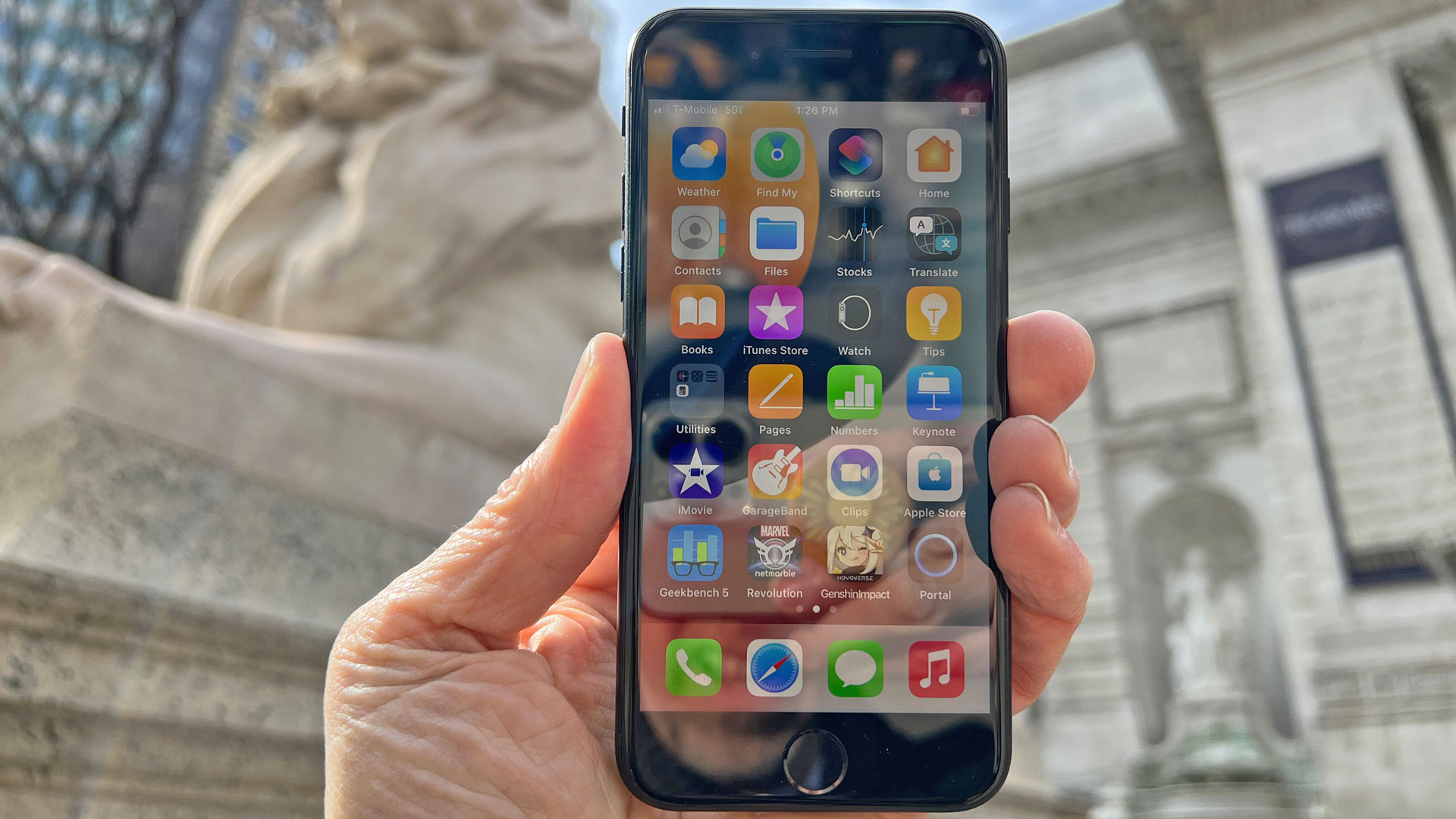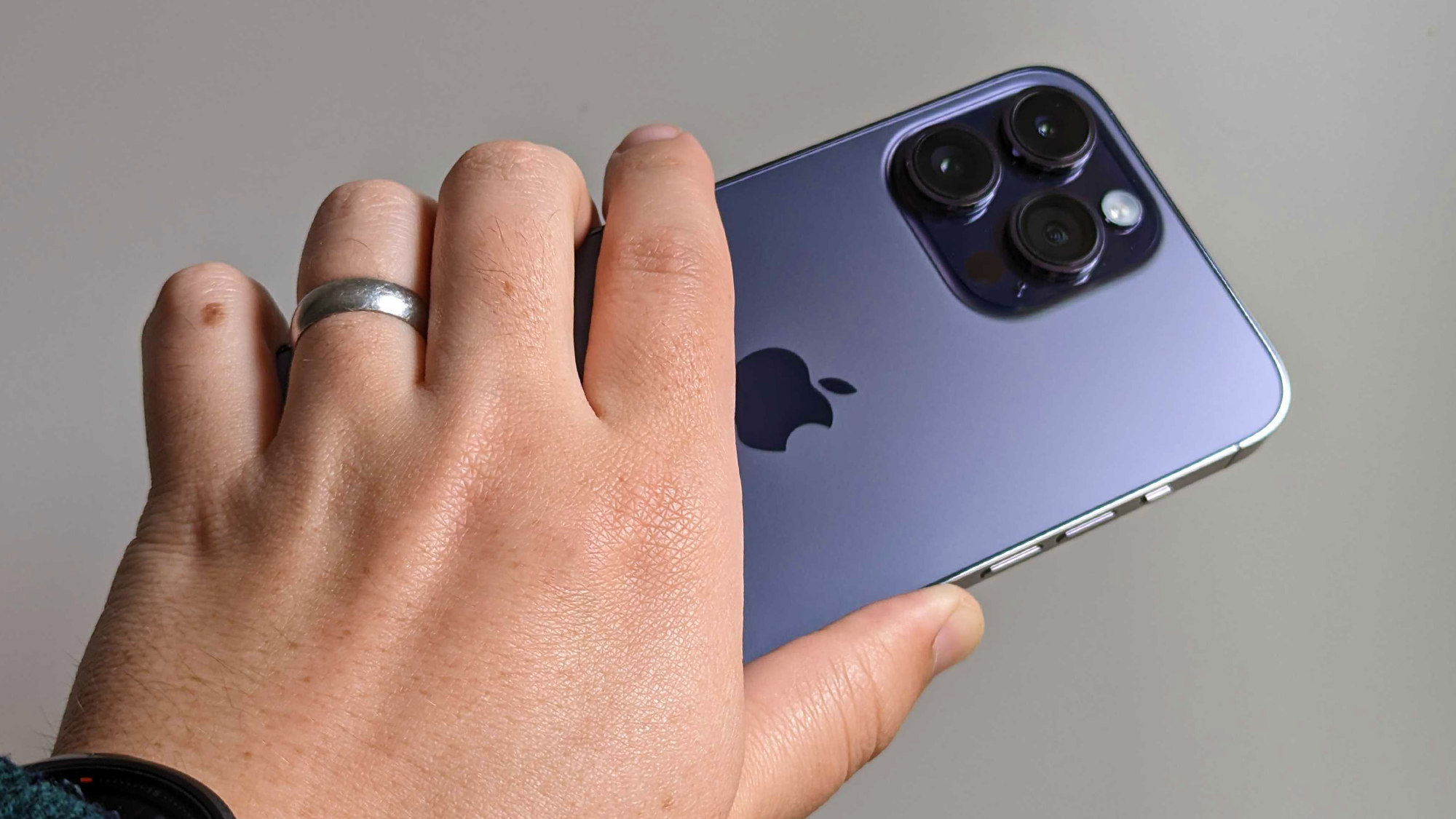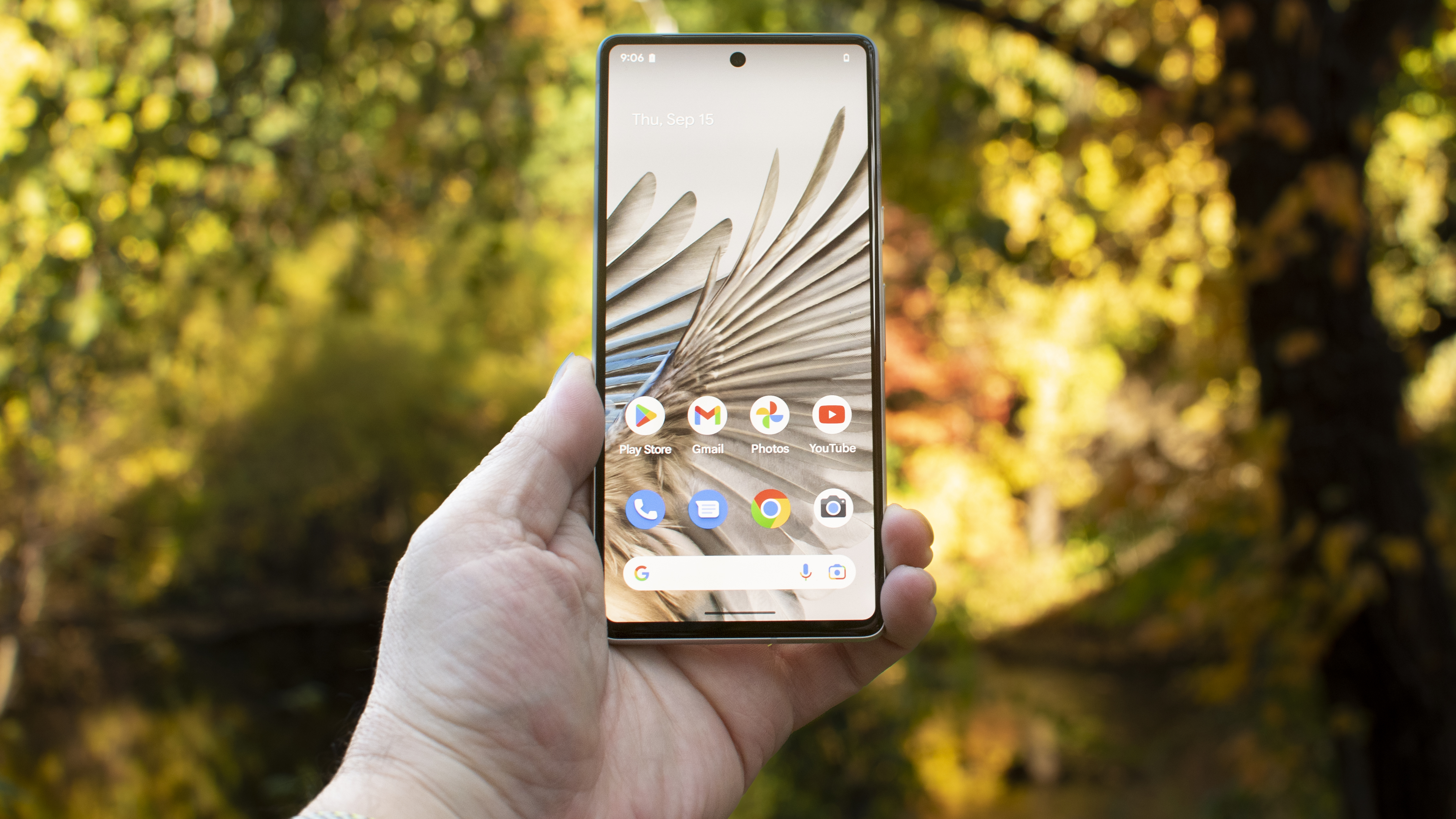Here's why there isn't an iPhone 14 mini – and why there won't be a mini iPhone 15
Sure, nobody bought them, but that's not the only reason

When Apple stops making a product, it’s not hard to guess why. If Apple thought an iPhone 14 mini would be a hot-selling phone, it would make one. While the iPhone 13 family got an iPhone 13 mini, the next generation got an iPhone 14 Plus, instead. We are expecting changes and possibly a new Ultra tier in Apple’s iPhone hierarchy, but there won’t be an iPhone 15 mini, and we probably won’t see a mini iPhone ever again.
What is an iPhone mini? It’s not the smallest iPhone, not in the display. The iPhone SE (2022) is a newer phone than the iPhone 13 mini. It uses the same Apple A14 Bionic processor. It’s thinner, with an even smaller 4.7-inch display, compared to the 5.4-inch screen on the iPhone 13 mini. It’s also wider, taller and heavier, with huge bezels and an old-school home button, like our parents used.

The iPhone SE is the cheapest new iPhone you can buy, at $429 / £419 / AU$719. A brand new iPhone 13 mini costs $599 / £649 / AU$1049, which is only a minor price reduction over its initial cost when it launched in September, 2021. This brings us to the first reason there won’t be an iPhone 15 mini.
The iPhone 13 mini was too expensive
The iPhone 13 mini is expensive, especially for what you get. The good: you get the same cameras as the iPhone 13 and the same processor as the iPhone 13 Pro Max. In fact, Apple used the same chips again in the iPhone 14, so you know this mini phone is a serious performance beast.
The next year, Apple would endow only its most expensive iPhone 14 Pro and iPhone 14 Pro Max with the A16 Bionic chipset, but every iPhone 13 phone shared equal power. That means the chip inside the iPhone mini cost Apple just as much as the chip in the iPhone 13 Pro. Those high-end components cost more.
Here’s the bad: you get less display, obviously, and display size correlates to the size of the battery. The iPhone 13 mini has a smaller battery than its larger siblings and also worse battery life.

If you put the big sports car engine into the little car, it still uses a lot of gas. People who pay this much for a phone expect … more, and there aren’t many ways to give more. With the iPhone mini you get the same performance and camera as the bigger phones, with big sacrifices on screen and battery. When you use it, you often feel like you’re getting a lot less phone for your money.
Sign up for breaking news, reviews, opinion, top tech deals, and more.
The mini screen is too small to be worthwhile
It’s unlikely that Apple will make another small iPhone mini, and you shouldn’t hold out hope for a small iPhone SE 4, either. Rumors suggest that the next update for the iPhone SE won’t happen until 2024 or later. The current iPhone SE (2022) is only small because it resembles older iPhone 8 devices. An iPhone SE 4 launching in a year or two would likely resemble a current iPhone, so I’d expect a larger display – more than six inches, at least.
A small phone is a hard sell. The current iPhone 14 is $799 / £849 / AU$1,339. Would you pay $100 / £170 / AU$200 less for a smaller version of the same phone, with less screen and worse battery life? That’s the price difference last time we got a mini.
The actual size difference between an iPhone 13 and an iPhone 13 mini is 7mm, or 0.3 inches. They are equally thick, so there is no benefit there.

On the other hand, most competitor phones are even larger than the iPhone, and the difference shows. The Google Pixel 7 costs about the same as an iPhone 13 mini. The iPhone gives you arguably better performance, but the Pixel is no slouch with its great cameras and cool features.
Plus, with a phone like the Pixel 7, you get a much bigger, brighter, and faster display than Apple gives you with the iPhone 13 mini. You get a massive battery, by comparison. The mini display is sharper because it packs nearly the same pixels into a smaller space. That only helps if you can read very tiny text.
Oh, and nobody bought an iPhone 13 mini
it’s safe to assume that a Plus model sells better than a mini
Not enough people bought the iPhone 13 mini, that’s why Apple made the iPhone 14 Plus as its fourth model for the family. It seems to have been the right move. Analyst reports claim that Apple has purchased 59% more iPhone 14 Plus display panels than it did iPhone 13 mini screens, over the same period in each phone’s lifespan.
Unless the iPhone 13 mini caught a second wind after the iPhone 14 was released without a mini in tow, it’s safe to assume that a Plus model sells better than a mini. Also, it’s likely that the Plus model creates more synergy in the supply chain, as it uses parts that are similar in size to other models, rather than creating an entirely new form factor.
This means that Apple can charge more for the larger-display iPhone Plus and also realize a wider profit margin than it could on an iPhone mini. The argument for a smaller iPhone gets harder and harder, especially from Apple’s perspective.
If you want a smaller phone, buy one that folds
A clamshell foldable like the Samsung Galaxy Z Flip 4, while not quite as elegant as anything you’d expect from Apple, is the most compact and mini phone I recommend. If Apple is going to make a foldable iPhone, I hope that it goes for an iPhone Flip design rather than a iPhone Fold-type. When it’s folded, the Z Flip 4 is almost two inches shorter than an iPhone 13 mini, though it’s admittedly thicker.
Not twice as thick, though, because the Galaxy Z Flip 4 is a remarkably thin phone at 6.9mm, compared to the 7.4mm thick iPhone mini. Future folding phones could be even more svelte. The upcoming Google Pixel Fold, which has larger displays on both sides, is less than 6mm thick, unfolded.

It’s not the same as an iPhone mini, I know. A small phone should be narrow. It should be easy to reach from one side of the phone to the other no matter the size of your hands. There is not an easy phone for people with a smaller grip, and that’s unfortunate.
The best compromise will be a phone that is easier to hold in other ways. A phone that is thinner and nicely shaped will be easier than today’s thicker Plus phones. A phone that folds in half will have alternate modes that put the right buttons at your fingertips, like the folded camera modes with all the controls at easy reach.

Frankly, I thought Apple might skip the foldable phone fad altogether and jump straight to glasses, but with recent rumors spotting the Apple Glasses launch price in the stratosphere, I’ve changed my tune. It will be years until people replace their iPhone with a wearable, if that ever happens. Apple might need a dramatically new iPhone before that happens.
As folding displays improve and finally lose the ugly, Apple-offending crease, we could get a premiere iPhone Fold. As prices drop enough to make these phones affordable, we might even see a smaller, less expensive iPhone Flip. It won’t be the iPhone mini that fans crave, but it would be smaller, powerful, and developed by Apple.

Starting more than 20 years ago at eTown.com. Philip Berne has written for Engadget, The Verge, PC Mag, Digital Trends, Slashgear, TechRadar, AndroidCentral, and was Editor-in-Chief of the sadly-defunct infoSync. Phil holds an entirely useful M.A. in Cultural Theory from Carnegie Mellon University. He sang in numerous college a cappella groups.
Phil did a stint at Samsung Mobile, leading reviews for the PR team and writing crisis communications until he left in 2017. He worked at an Apple Store near Boston, MA, at the height of iPod popularity. Phil is certified in Google AI Essentials. His passion is the democratizing power of mobile technology. Before AI came along he was totally sure the next big thing would be something we wear on our faces.